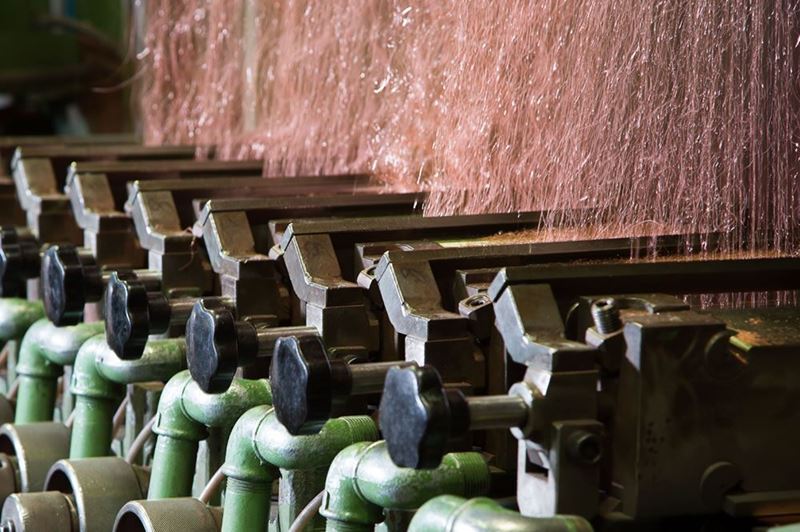According to IEEFA, 92% of India’s plan to increase its current steel capacity from 180 million tons to 300 million tons has not yet been realized, and today’s technology choices will influence emissions for the next 30–40 years.
IEEFA Sustainable Finance Specialist Saurabh Trivedi stated, “Carbon lock-in arises when steel plants with a 30–40-year lifespan are built using conventional technology, locking in emissions until 2060–2070. This can affect India’s net-zero targets.”
According to the analysis, if India’s steel capacity expansion is supported by the right financing mechanisms, it presents a significant opportunity for the adoption of clean technologies. However, the steel sector still relies on fossil fuels at a rate of 80–85%, and decarbonization is progressing more slowly compared with other sectors.
IEEFA Energy Finance Intern Meenakshi Viswanathan stated, “Although venture and private capital typically finance new technologies, the low technology readiness level, high capital requirements, and long payback periods for green steel may not be sufficient.”
The Government of India is implementing a National Mission on Sustainable Steel with a budget of about 600 million USD to support the decarbonization of steel production. The program aims to support especially secondary steel plants through production-linked incentives, concessional loans, and risk guarantees.
In addition, the draft Green Public Procurement (GPP) policy aims to increase domestic demand for green steel by requiring 25–37% of the steel used in public projects to be low-carbon. However, the implementation process is challenging, and a proposal for a central procurement mechanism was rejected by the Ministry of Finance in 2024.
Under the Carbon Credit Trading Scheme, planned to be implemented in October 2026, emission-intensity targets will be applied in nine industrial sectors, including steel. Trivedi emphasized that while sustainability bonds and green bonds support incremental improvements, deeper technological changes are required for full decarbonization.








Comments
No comment yet.